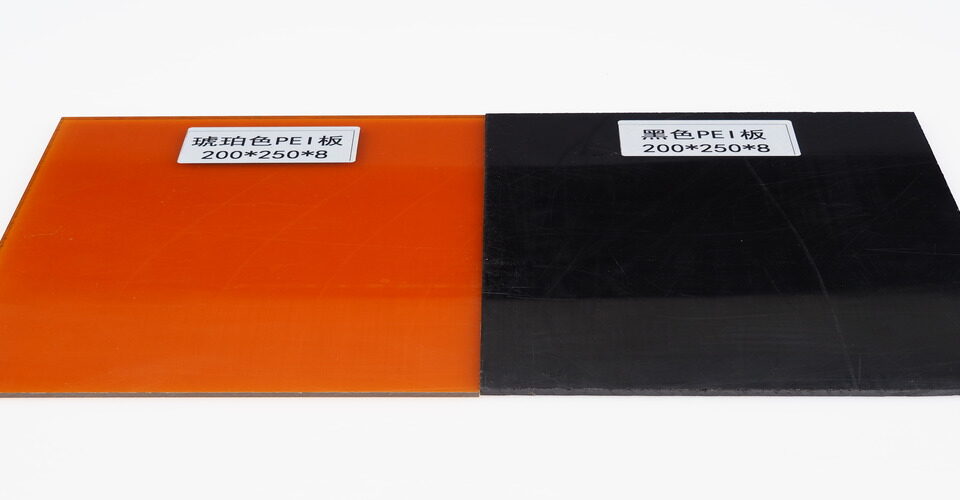
What are the Benefits of PCTFE Plastic?
December 5, 2024
What is the use of polysulfone material?
December 5, 2024Polyamide-imide (PAI) plastic is a high-performance thermoplastic known for its excellent thermal stability, mechanical strength, and chemical resistance. It is primarily used in applications that require superior performance under extreme conditions. The process of making PAI involves polymerization of specific monomers under controlled conditions to achieve the desired properties.
Raw Materials Used in PAI Plastic Production
The primary raw materials used in the production of PAI are aromatic diamines and anhydrides, which are the building blocks for the polymer. The most commonly used diamine is 2,6-diaminopyridine (DAP), and the most frequently employed anhydride is tremolitic anhydride (TMA). These monomers undergo a polymerization reaction to form PAI.

Polymerization Process
The production of PAI begins with a step known as “polycondensation,” where the diamine and anhydride react together to form long polymer chains. This reaction occurs in a solvent, typically a high-temperature liquid such as N-methyl-2-pyrrolidone (NMP) or dimethylformamide (DMF), which helps dissolve the monomers and allows the reaction to proceed. The reaction is typically carried out at temperatures between 250°C and 300°C.
Molding and Shaping
Once the polymerization is complete, the PAI resin can be processed into various forms such as sheets, films, or molded components. This is done through processes like injection molding, compression molding, or extrusion. These methods ensure that the PAI plastic can be shaped into complex geometries for its intended applications.
Curing and Post-Processing
After the resin is molded, it undergoes a curing process, which involves heating the material to further strengthen the polymer chains and enhance its properties. This post-processing step ensures that the final PAI product has the desired thermal and mechanical performance.






